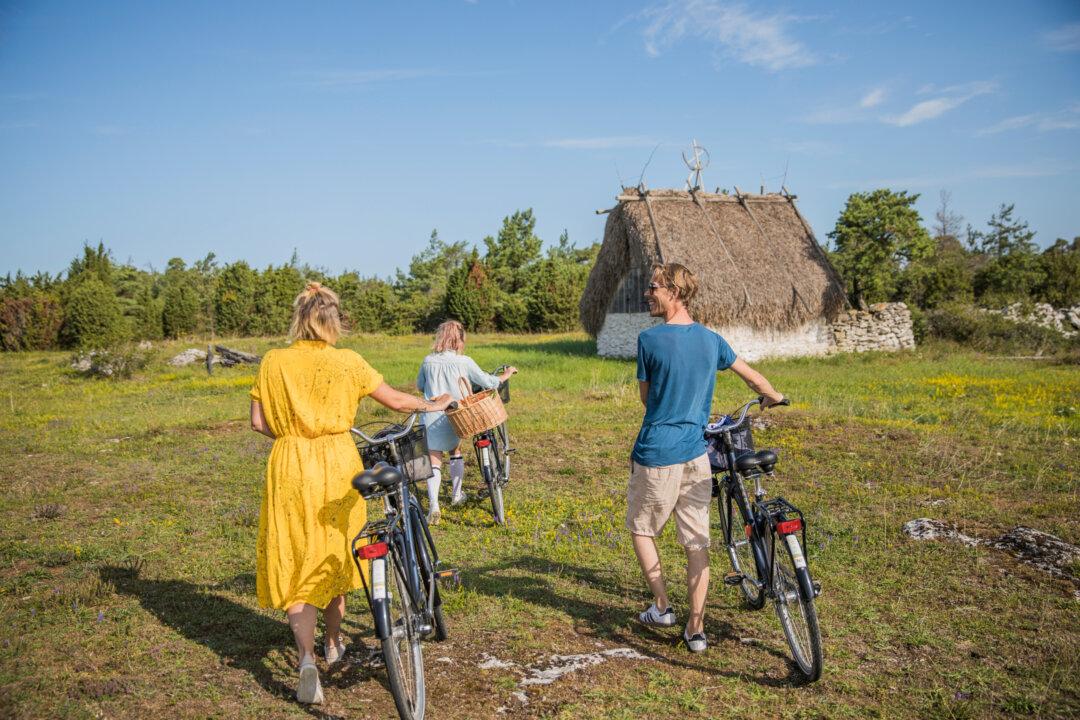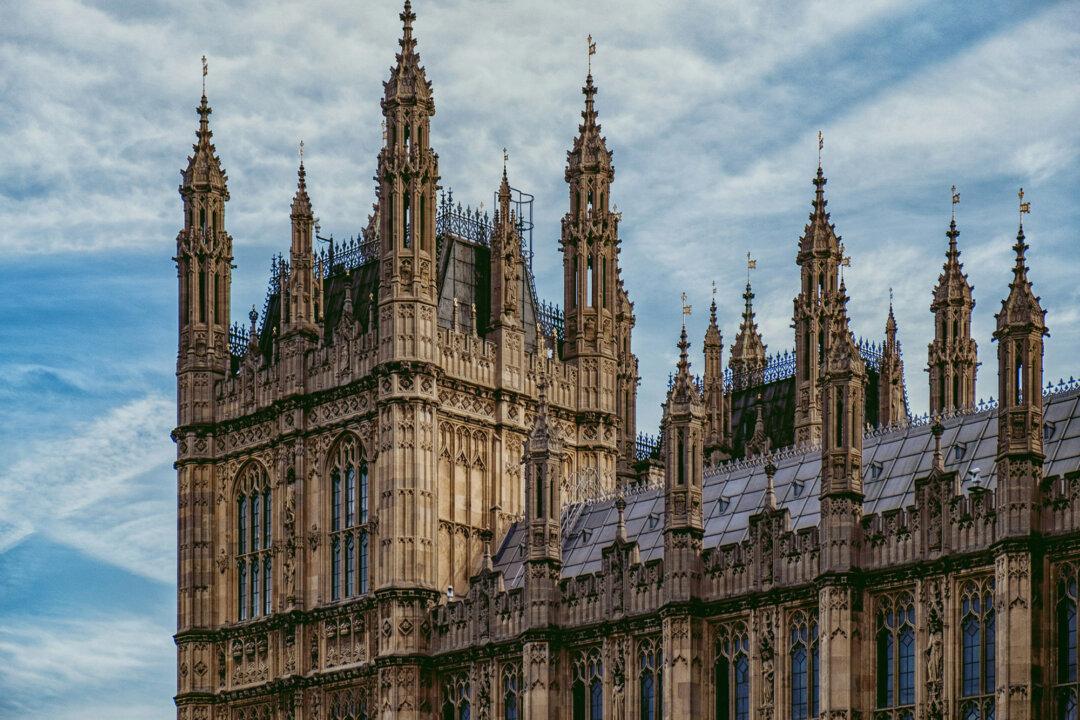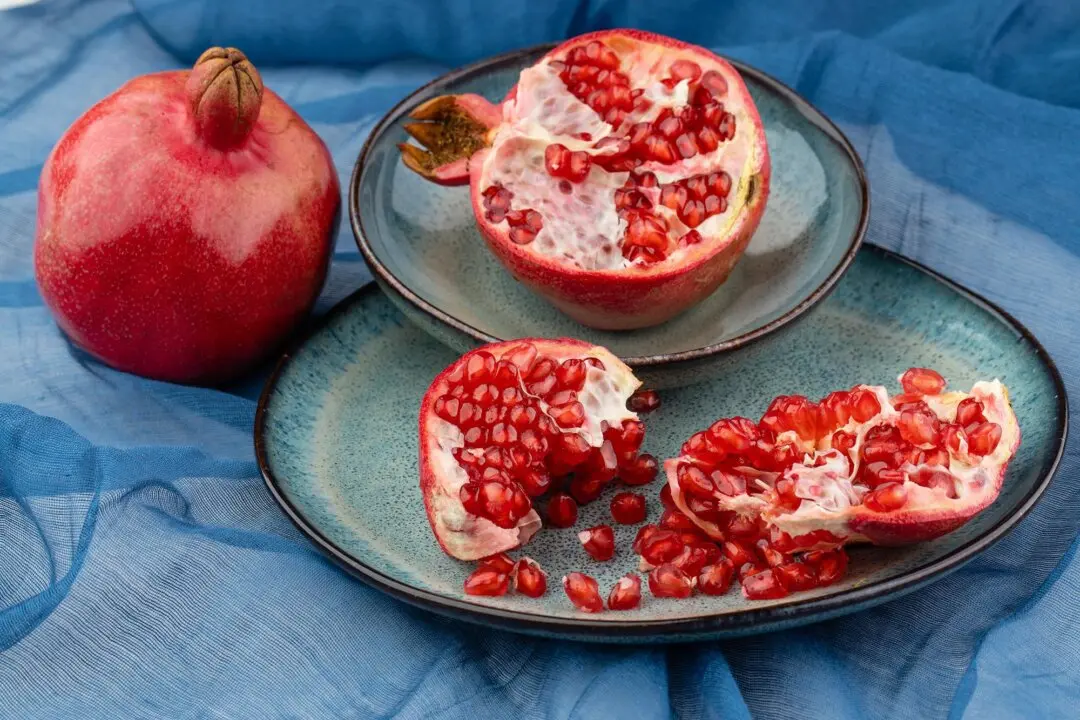On Sweden’s idyllic Gotland Island, summer is an almost-nonstop celebration of northern lights and fresh sea breezes stirring sheep-strewn pastures with ancient windmills serenely standing guard. Peace reigns. In the near-Mediterranean climate and vast pastoral countryside, our cacophonous world fades into the distance almost completely.
Isle of Summer Solitude
The only sound is a slight rustle of breeze when you ride a bicycle three miles down a farmland lane in 72-degree weather past old stone farm buildings set off by 10-foot lilacs in such profusion that a world-class nursery salesman must have come by a century ago with excess inventory. Local farmers evidently snapped them up at the Saturday market in town as if they were fresh eggs.Turn down another lane. In Vamlingbo, you'll find a thatch-roof barn, more lilacs, and a three-table bakery café in the farmyard offering saffron pancakes and strong Swedish coffee, a mid-morning tradition known as “fika.” Nearby is a 700-year-old church whose walls are two-foot-thick stone. They bear evocative murals that depict saints, sinners, and the thread that binds us all. In one, the Archangel Michael renders judgment on the Holy Roman Emperor Henry II, who departed this world in 1024. It’s a history pamphlet, except Henry’s celestial fate remains unknown to earthly artists.





